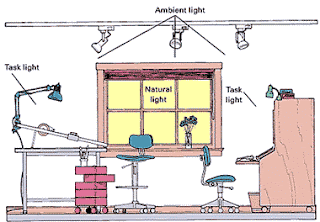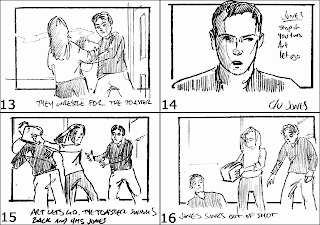 The first problem that we came across was where we were going to film the changing room scenes. We managed to narrow it down to the Cranliegh arts centre changing room, and the other studio in the school. We decided that doing it in the other studio would probably be best, as it would be easy to light, easy to get all the filming equipment to and easy for all the actors to get to.
The first problem that we came across was where we were going to film the changing room scenes. We managed to narrow it down to the Cranliegh arts centre changing room, and the other studio in the school. We decided that doing it in the other studio would probably be best, as it would be easy to light, easy to get all the filming equipment to and easy for all the actors to get to.As a group we were given a set design sheet, and also a lighting design sheet. We then spent a lesson together, and also a prep preparing these sheets so we could give them ready, and fully complete to out set designer and lighting designer, Dan. We would also run these plans past Luke and John.
We decided that we wanted to go for the look of the band playing in a back street in
From the meeting with Dan, we decided that the simpler we could keep it the better. Because of this we decided to stick with shooting the changing room scene in the other studio, as there are mirrors there, and we decided that the most detailed set we wanted was a pavement and some corrugated iron behind us. Dan said that this would all be possible and so we began to arrange all of our props, and how we would get hold of our posters.
Over all the meeting with Dan, Luke and John turned out a success as we now know exactly how we are going to light our set, and exactly what we would like it to look like.





